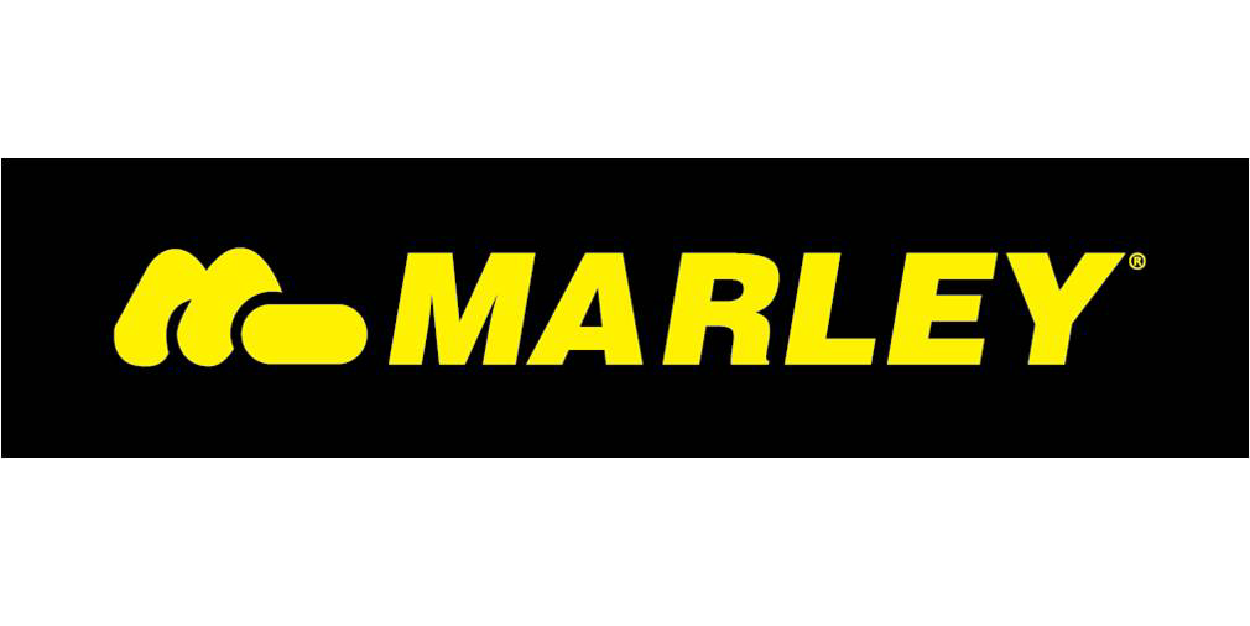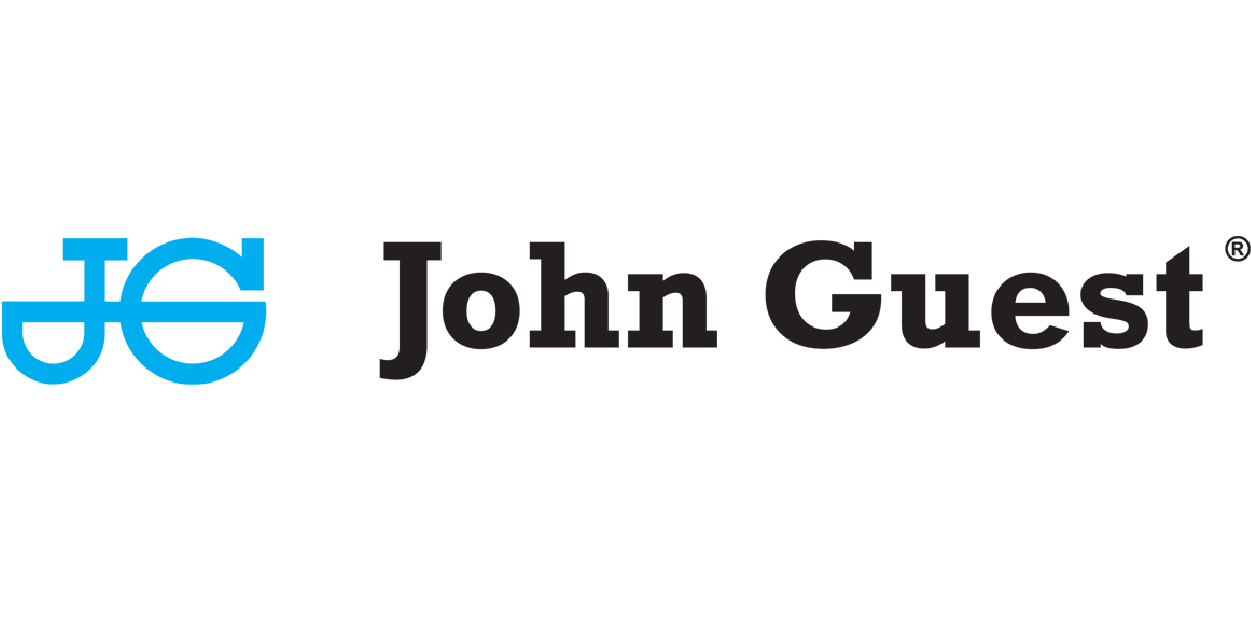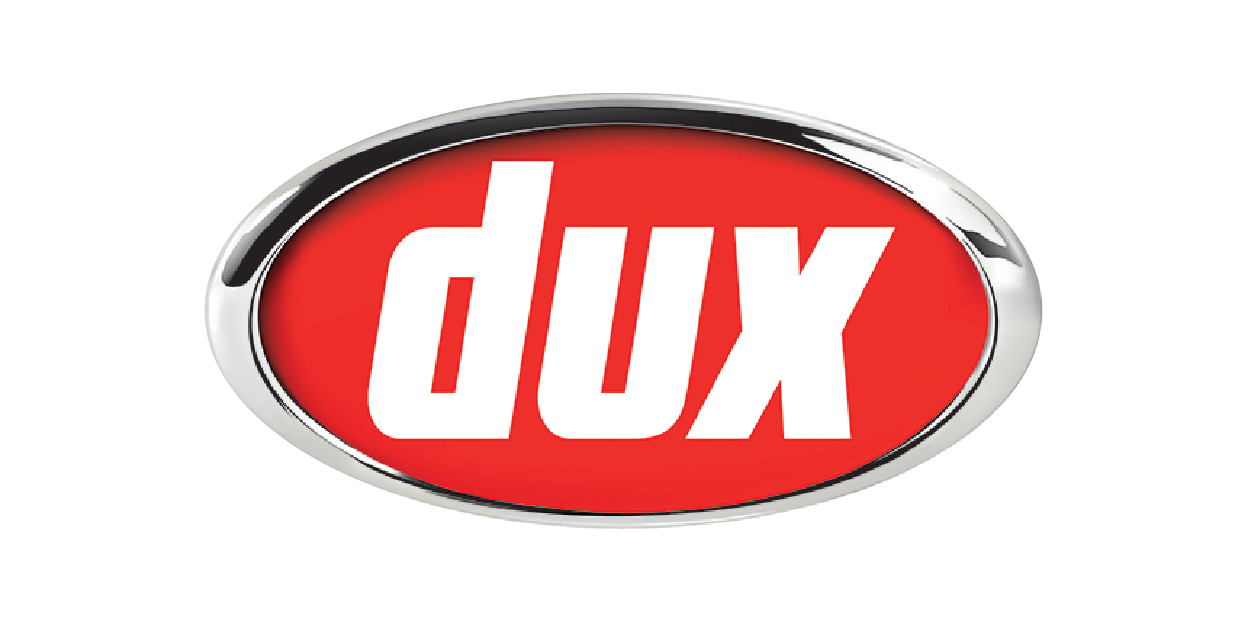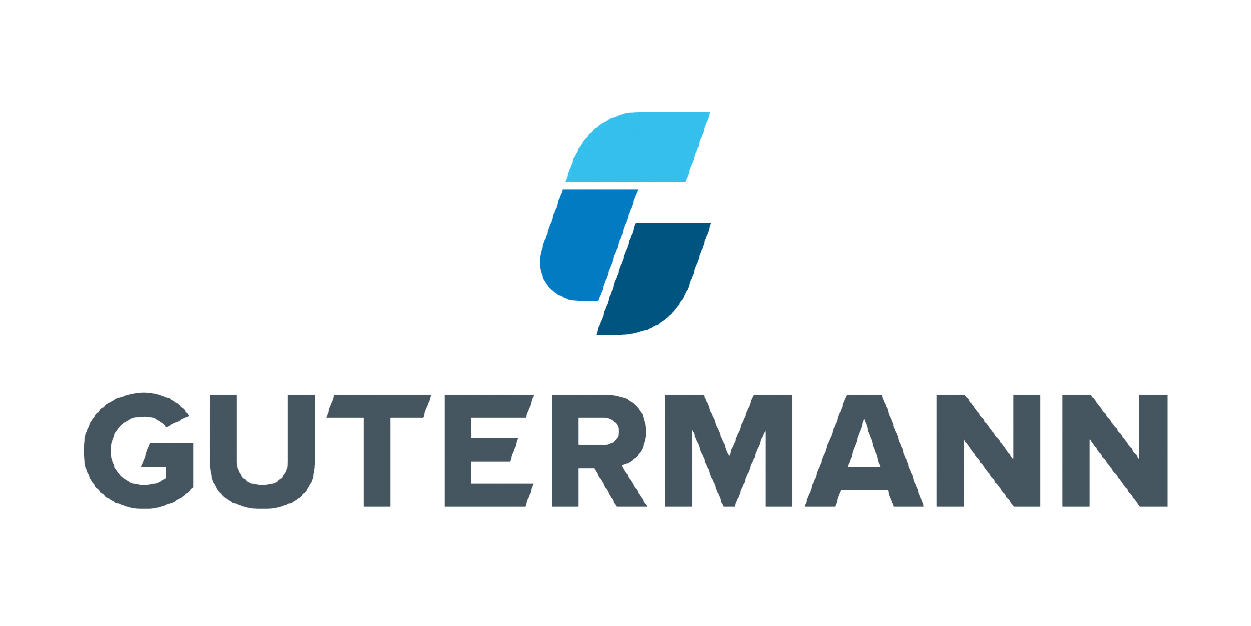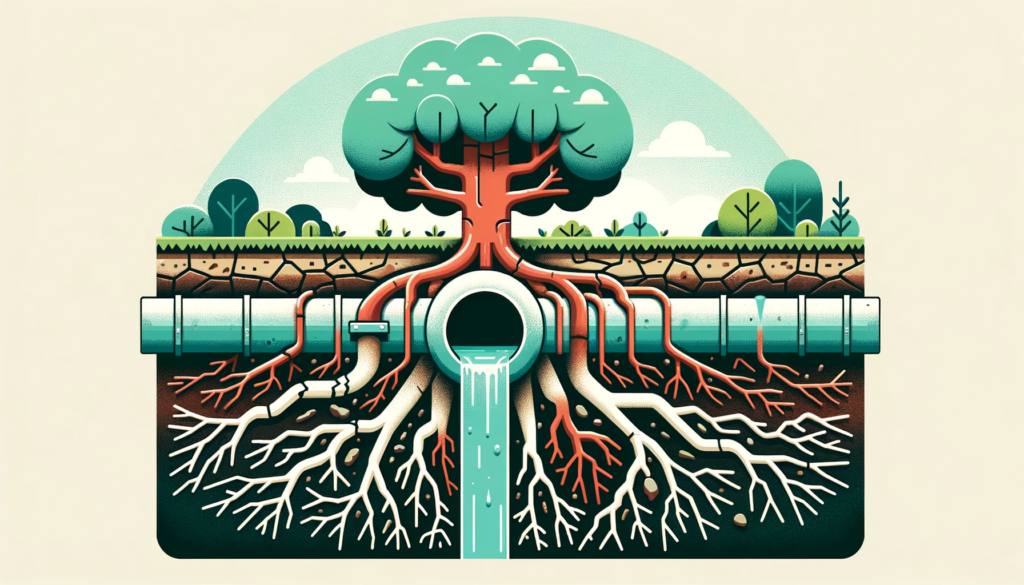
Call Today 09 973 4973 or
Trenchless pipe repair and replacement represent a revolutionary approach in modern plumbing and pipeline management. These innovative techniques allow for the fixing or replacement of underground pipes without extensive digging or excavation. By minimizing disruption to landscapes, roads, and structures, trenchless methods provide an efficient, cost-effective, and environmentally friendly solution to pipe leaks and damages.
Various trenchless repair methods are employed depending on the specific requirements of the project:
- Cured-in-Place Piping (CIPP): Involves inserting a resin-saturated felt tube into the existing pipe, which is then cured to form a new pipe within the old one.
- Pipe Bursting: A new pipe is pulled through the old one, simultaneously fracturing the existing pipe and replacing it.
- Slip Lining: Inserting a smaller, new pipe into the existing one and grouting the space between the two.
- Directional Drilling: Used for installing new pipes, this method drills a path without trenching, allowing for precise pipe placement.
The benefits of trenchless techniques extend beyond mere convenience:
- Reduced Disruption: Minimizes damage to landscapes, roads, and buildings, preserving aesthetic value.
- Cost-Effectiveness: Often less expensive due to reduced labor and restoration costs.
- Environmental Advantages: Less excavation means reduced waste and lower carbon footprint.
- Time Efficiency: Trenchless repairs are typically faster, minimizing downtime and inconvenience.
- Quality and Durability: Modern materials and techniques ensure long-lasting repairs.
Trenchless methods find applications in various domains:
- Residential: Ideal for homeowners looking to repair sewer lines without destroying landscapes.
- Commercial: Used in businesses to fix utility lines without disrupting operations.
- Municipal: Municipalities employ trenchless methods to maintain or upgrade water, sewage, and gas lines without affecting traffic and public spaces.
Choosing trenchless methods requires thoughtful considerations:
- Site Evaluation: Understanding soil conditions, pipe material, and accessibility.
- Pipe Condition: Assessing the extent of damage or degradation to determine the suitable method.
- Regulatory Compliance: Adhering to local regulations and obtaining necessary permits.
- Expertise: Hiring qualified professionals with experience in trenchless techniques.
Trenchless technology continues to evolve, with new materials, tools, and methods emerging. Robotics, advanced imaging, and data analytics are shaping the future of trenchless repair. Sustainability and efficiency remain at the forefront, driving continuous innovation in this field.
Trenchless pipe repair and replacement offer a paradigm shift in the way underground pipes are managed. By avoiding the need for disruptive excavation, these methods have redefined efficiency, quality, and environmental stewardship in plumbing and pipeline repair. From residential fixes to large-scale municipal projects, trenchless techniques provide versatile and robust solutions for the modern world.
Suppliers
